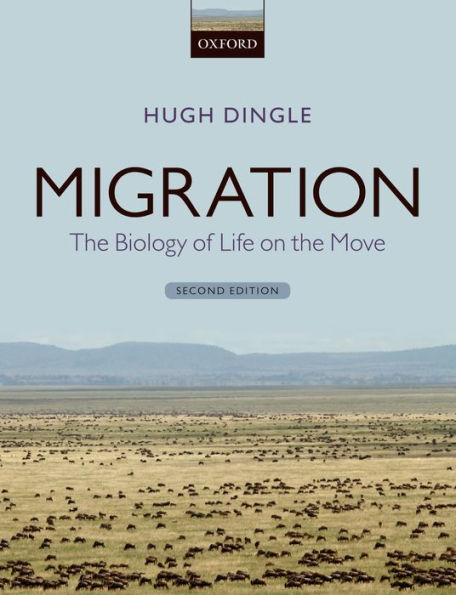5
1
9780199640393


Migration: The Biology of Life on the Move / Edition 2 available in Paperback, eBook

Migration: The Biology of Life on the Move / Edition 2
- ISBN-10:
- 0199640394
- ISBN-13:
- 9780199640393
- Pub. Date:
- 09/10/2014
- Publisher:
- Oxford University Press
- ISBN-10:
- 0199640394
- ISBN-13:
- 9780199640393
- Pub. Date:
- 09/10/2014
- Publisher:
- Oxford University Press

Migration: The Biology of Life on the Move / Edition 2
$86.0
Current price is , Original price is $86.0. You
$86.00
Temporarily Out of Stock Online
Temporarily Out of Stock Online
86.0
Out Of Stock

Product Details
| ISBN-13: | 9780199640393 |
|---|---|
| Publisher: | Oxford University Press |
| Publication date: | 09/10/2014 |
| Edition description: | New Edition |
| Pages: | 338 |
| Product dimensions: | 7.40(w) x 9.60(h) x 0.90(d) |
About the Author
From the B&N Reads Blog
